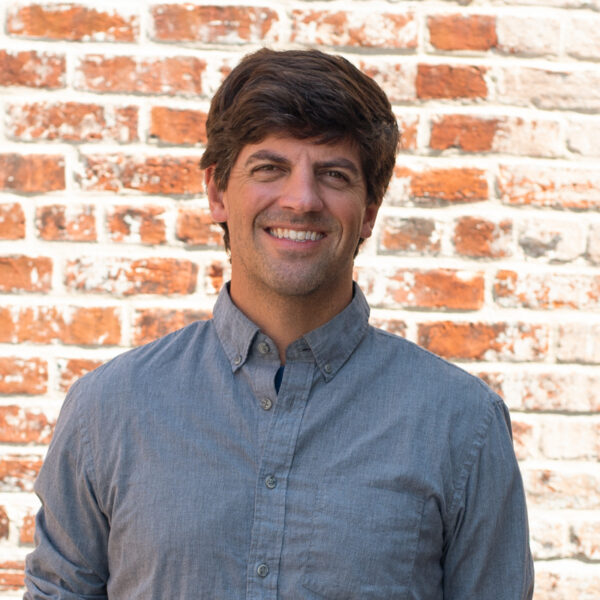Please note that we will no longer be accepting applications to the Experience Design concentration. The core principles and curricular components of the Experience Design concentration will be integrated into our four other concentrations (Art Direction, Copywriting, Strategy, and Creative Brand Management).
Experience Designers use the principles of human-centered design to develop digital products and physical experiences where brands and people interact.
Thriving in the unique space where design, human behavior, and technology meet, they study the user’s experience to ensure it’s optimized at every touchpoint and represents the brand in the best possible way. They make everything from websites to apps to exhibits to in-store experiences and more.


